The Jumah Mosque (also known as the Tbilisi Mosque, or Juma Mosque) is a truly unique and significant landmark in Tbilisi, Georgia, reflecting the city’s long-standing tradition of religious diversity and peaceful coexistence. It stands in the ancient Abanotubani district, nestled among the famed sulfur baths, churches, and synagogues.
Historical Significance:
Ancient Presence: Muslims have been a part of Tbilisi’s population for over a millennium, dating back to the Arab conquest in the 7th century. While several mosques existed in Tbilisi throughout the Middle Ages, the Jumah Mosque is the only one still functioning in the city today.
Multiple Incarnations: The current structure has a complex history, being rebuilt and renovated several times over the centuries due to invasions and conflicts.
The first mosque on this site was built by the Ottoman Empire in the 1700s.
It was destroyed by the Persians in the 1740s.
Rebuilt by Italian architect Giovanni Scudieri between 1846 and 1851.
The current red-brick building, which is the most well-known, was largely completed in 1895, sponsored by the Azerbaijani millionaire and philanthropist Haji Zeynalabdin Taghiyev.
A Symbol of Unity (Sunni and Shia): What makes the Jumah Mosque truly exceptional is its rare role as a shared place of worship for both Sunni and Shia Muslims. Historically, Tbilisi had two main mosques: the Jumah Mosque for Sunnis and the Blue Mosque (a Shia mosque near Metekhi Bridge), which was unfortunately demolished by the Soviet government in 1951 to make way for a bridge. Recognizing the Shia community’s need for a place of worship, the Jumah Mosque opened its doors to them. Until 1996, a black curtain divided the mosque for separate worship, but today, both sects pray side-by-side, making it a powerful testament to inter-sectarian harmony.
Architectural Style and Features:
Red Brick Construction: The mosque is predominantly built of striking red brick, which helps it blend harmoniously with the historic fabric of Old Town.
Blend of Influences: Its design showcases a fascinating blend of architectural styles, incorporating elements of both traditional Islamic and European (Neo-Gothic) influences. This can be seen in its arched windows and the overall ornamentation.
Octagonal Minaret: A distinctive feature is its tall, eight-sided (octagonal) minaret, which draws attention from afar and is a prominent landmark in the area.
Ornate Facade and Interior: The mosque’s exterior features beautiful mosaic work and intricate tile designs, especially around its entrance, making it visually appealing. The interior is equally impressive, with colorful decorations, elaborate paintings, and muqarnas vaulting beneath the ceiling. The main prayer hall is adorned with elegant arches and stained-glass windows, creating a serene and spiritual atmosphere.
Two Mihrabs: Reflecting its dual usage, the mosque reportedly has two mihrabs (prayer niches indicating the direction of Mecca), although in recent times, the space is shared more fluidly.
Women’s Section: A dedicated section for women is located in the upper gallery above the entrance hall.
Location and Atmosphere:
Heart of Abanotubani: The Jumah Mosque is situated on Botanical Street, at the foot of the Narikala Fortress and right next to the famous sulfur bathhouses (such as the Orbeliani bathhouse with its beautiful tiled facade). This location perfectly embodies Tbilisi’s multicultural and historical character.
Vibrant Surroundings: It’s part of a vibrant neighborhood that also houses the Tbilisi Botanical Garden entrance and Legvtakhevi Waterfall, making it a key stop on any Old Town exploration.
Active Place of Worship: The mosque is an active and central hub for Tbilisi’s Muslim community, especially on Fridays for Jumah prayers and during major Islamic holidays like Eid.
The Jumah Mosque is not just a place of worship; it’s a living monument to religious tolerance, a captivating example of diverse architectural influences, and an integral part of Tbilisi’s unique identity.

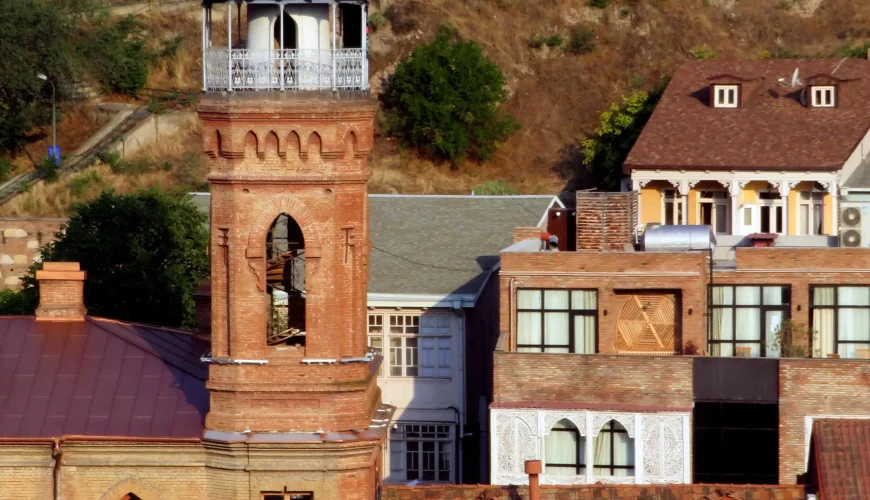
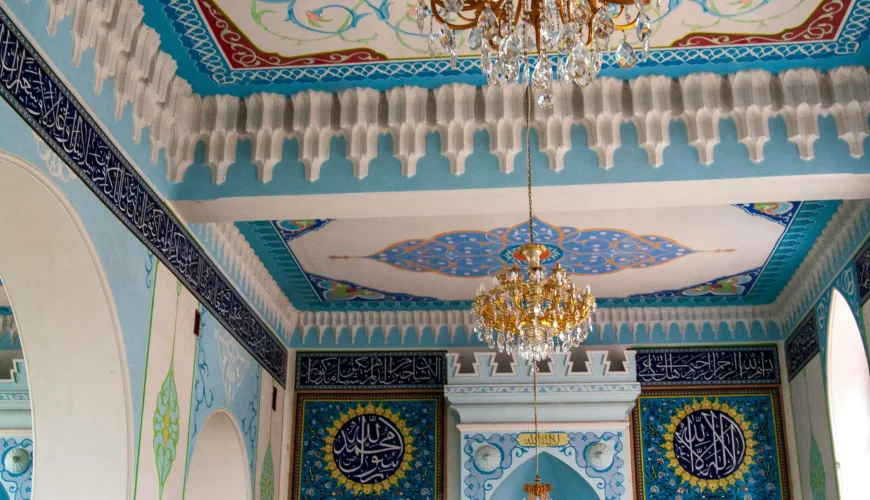
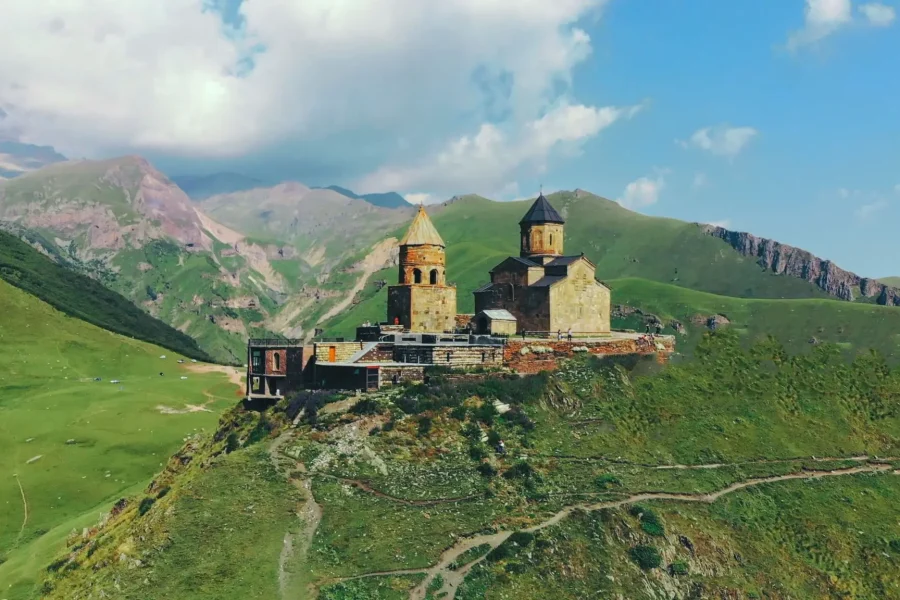
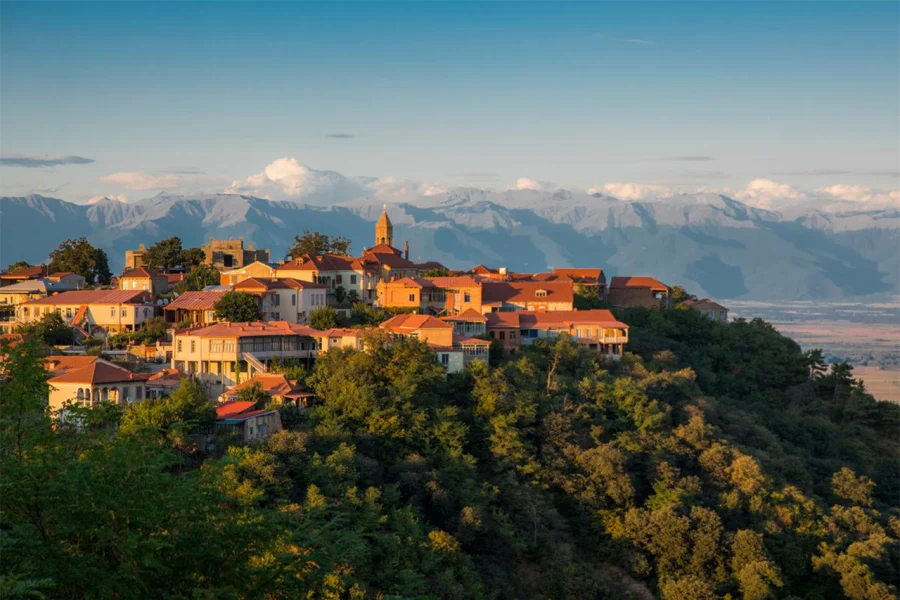
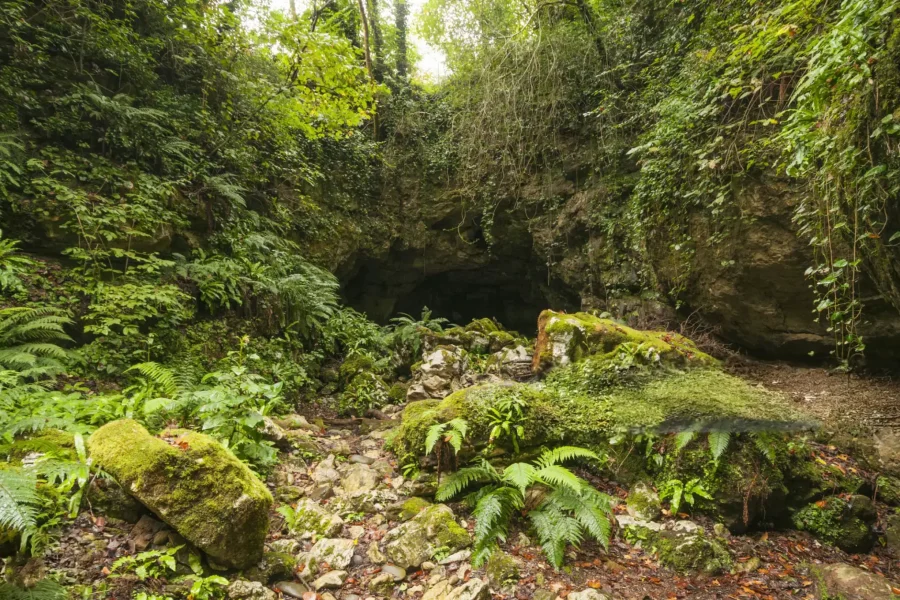
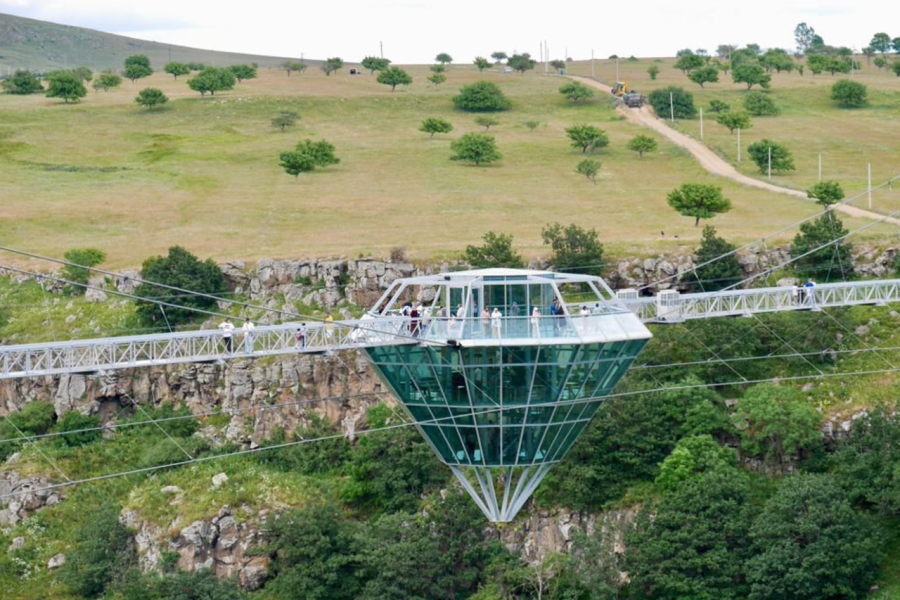
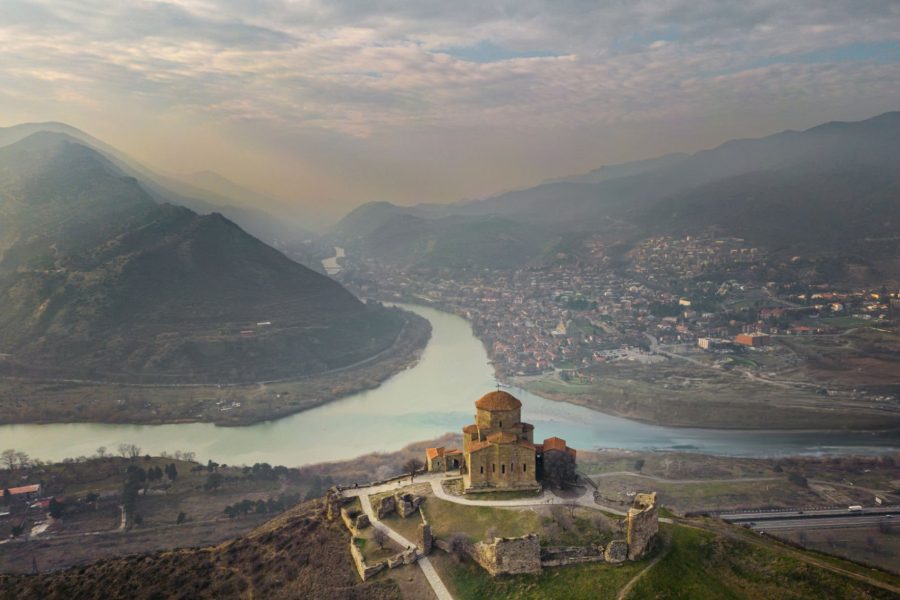
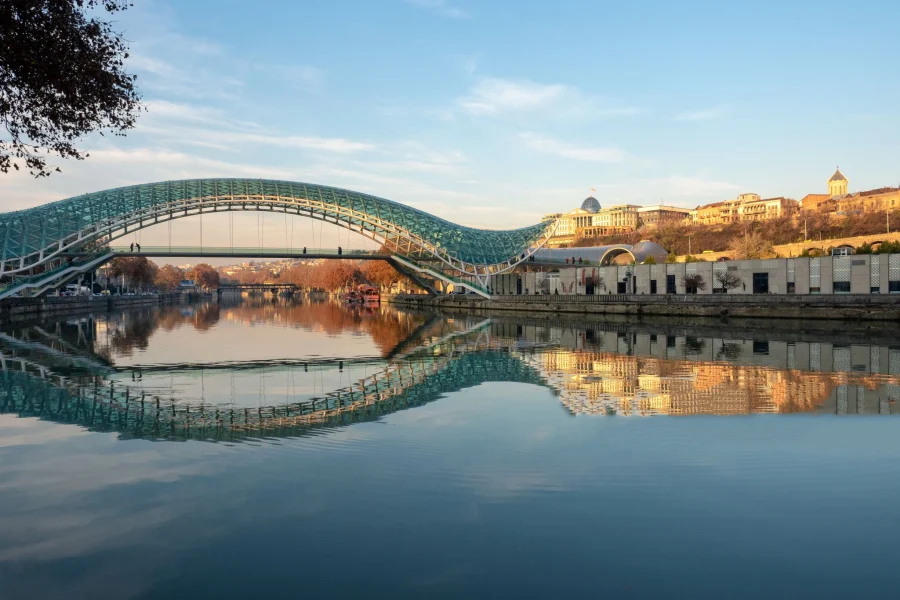
0 Comment